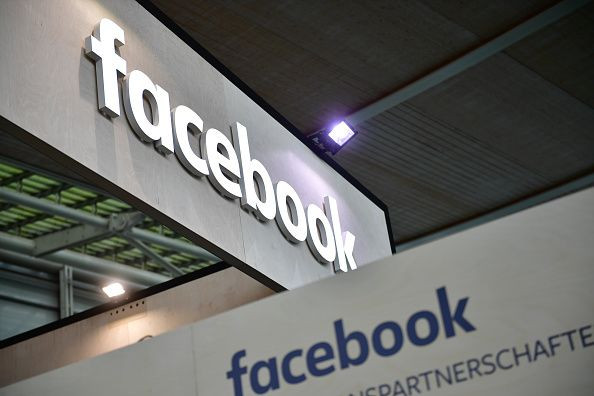Where Will Facebook's Revenue Growth Come From?

Facebook (NASDAQ:FB) posted disappointing revenue growth for the third quarter. Management warned of a significant slowdown in revenue growth heading into the back half of the year, and the results were actually better than what that guidance suggested. Still, Facebook fell slightly short of Wall Street analysts' consensus estimate. Management also reiterated its expectation for a further slowdown in revenue growth in the fourth quarter.
This article originally appeared in the Motley Fool.
With the slowdown in revenue growth finally hitting Facebook, it's worth examining its current sources of revenue growth and how that might change over the next few years.
The feed is still the primary growth driver
Facebook is seeing a shift in its usage from the feeds in Facebook and Instagram to its Stories-format products across each of its four main apps. Over 1 billion people use Facebook's Stories products every day. CEO Mark Zuckerberg thinks Stories will be more popular than sharing in feeds as soon as this year, and it'll eventually become a bigger source of revenue for Facebook than ads in feeds.
But it'll be a long time still before Stories becomes a major source of revenue for Facebook. "From a business perspective, feeds will drive the majority of our growth over the next couple of years," Zuckerberg told analysts on the company's third-quarter earnings call.
Stories remains undermonetized compared to the ad-saturated Facebook news feed. Not only are ad prices substantially lower than feed ads, but Facebook hasn't quite figured out how many ads users should be seeing in Stories. It's going to take years to figure out the optimal point and to get advertisers to shift their spending to follow users.
In the meantime, Facebook's well-established feed-based ads will be the main source of revenue growth. But with ad load saturation and time spent in the apps increasingly split between the feed and Stories, there are only two levers for growth: increases in the user base and increases in ad prices.
Facebook's user growth is primarily coming from markets with lower revenue per user. CFO Dave Wehner pointed out that its top growing markets were India, Indonesia, and the Philippines. Meanwhile, daily active users in the U.S. and Canada were flat for the second straight quarter, and around 4 million users were lost in Europe over the last two quarters, partially due to the impact of GDPR. As a result, revenue growth acceleration ought to lag user growth acceleration.
Facebook can also grow revenue from feeds by driving higher average ad prices. Ad prices increased 7% across all of Facebook's products (feeds, Stories, Messenger, etc.). Results from the recent past indicate ad prices within feeds are growing at a much faster rate, and the rapid growth of Stories in the last six months or so has driven down Facebook's reported average ad price. Facebook can continue driving higher average ad prices in feeds with continued ad product innovation. It ought to continue benefiting from the secular shift of ad dollars to digital while ad inventory remains relatively stable.
As Facebook moves from several factors driving feed revenue growth to just one or two, investors could see continued pressure on revenue growth in the near term.
Long-term growth drivers are promising
There are a couple of big long term growth drivers that make Facebook an appealing investment.
As mentioned, Stories is accounting for an increasing percentage of sharing and time spent on Facebook's products. It's going to take some time for management to figure out the optimal monetization level of Stories, but it's shown the ability to make those kinds of transitions in the past. The shift to mobile was challenging, but Facebook emerged a much stronger company after optimizing news feed ads. The shift to Stories ads from feeds could follow a similar trajectory.
Secondly, Facebook will benefit from the secular growth of the advertising market in emerging markets. A larger and larger percentage of Facebook's user base lives outside of the U.S. and Western Europe. The share of Facebook's daily active users in America, Canada, and Europe fell from 37% to 31% over the last two years as Asia-Pacific and the rest of the world grew at a much faster rate. As those emerging markets start to close the gap in revenue per user between themselves and the U.S. and Europe, Facebook will benefit just by virtue of its massive user base.
Facebook faces some headwinds as its transitions to more Stories ads, but the long term still looks very promising for the digital advertising behemoth.
Adam Levy owns shares of Facebook. The Motley Fool owns shares of and recommends Facebook. The Motley Fool has the following options: short November 2018 $155 calls on Facebook and long November 2018 $135 puts on Facebook. The Motley Fool has a disclosure policy.





















